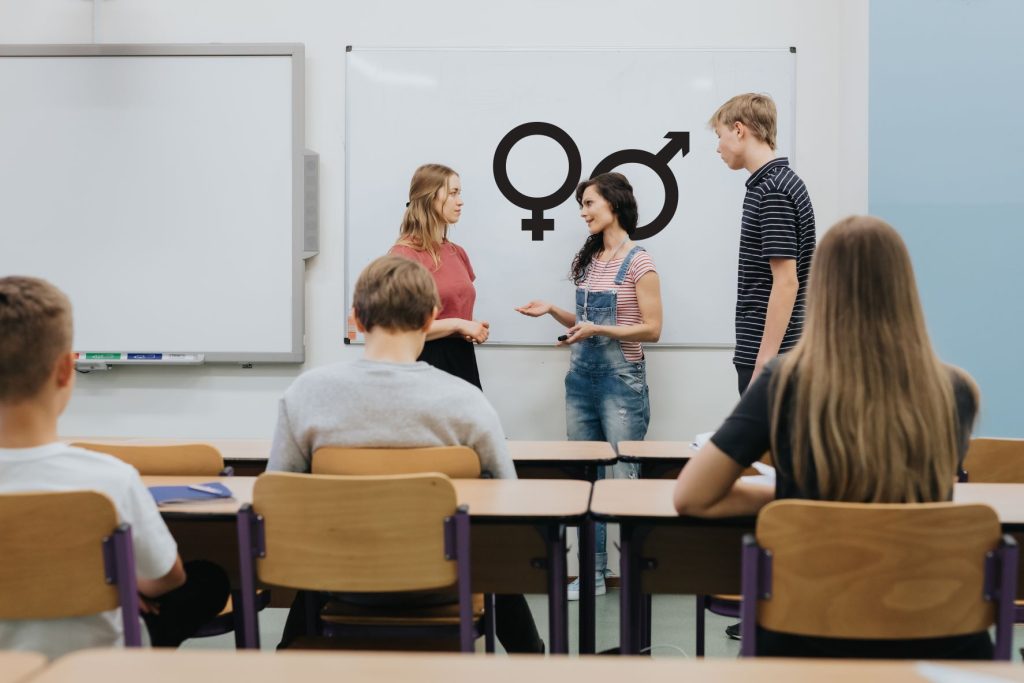Educating the Minds of Our Youth
We should not be focusing on science and math when educating our youth. Instead, we should focus on developing their heart and developing compassion, empathy, and respect for the laws of the land. This is called education for the heart. We should also teach them how to respect diversity and human dignity.
Developing empathy, compassion, respect for diversity and human dignity
Empathy is a key component of how we treat and respond to one another. Empathy is a core principle that promotes respect and care. You can model empathy as a principal and encourage your students to do the exact same. They can also learn empathy from you by showing them examples.
Education is a vital component that teaches empathy, compassion, respect for diversity, human dignity, and respect for others. Developing empathy and compassion is a key step in shaping students’ character and ensuring that they behave in ways that reflect their values. It is easier to instill an ethical identity in children if their parents and teachers do it. In a culture where moral role models are becoming less prominent, it is important that educators instill these values in their students and encourage the development strong ethical compasses.
Developing a good heart
Education should be about educating our youth with a positive heart and moral character. Although we tend to think of education as learning facts and skills, the heart is actually the most important part of the educational process. Moral education is all about developing a good heart. It will help you see the world in positive light.
We cannot control our youth. However, we can teach them how to value others. Youth can become violent and uncontrollable without education. We can help them develop compassion, respect, discipline, and a heart that is open to learning.
Teaching math
In addition to being beautiful in itself, math can help us achieve many things in the future. Math can lead to interesting and rewarding careers. The right teaching methods can make math fun and engaging without becoming a chore. We can encourage children to enjoy math by introducing new concepts and linking them to non-mathematical contexts.

Global contexts can be a great way to help students understand math and the wider world. It is crucial that students use examples from other countries in order to understand how the concepts are applied in class. If the examples are not relevant to students, however, it is not a good idea to use global examples. A word problem based upon miles in Europe will be of little use to students if they are asked for kilometers instead. Moreover, the same problem can be solved by using a conversion instrument.
Teaching science
Teaching science to children is important for a number of reasons. It builds a healthy skepticism that allows children to formulate questions based upon the facts they have learned. It encourages curiosity and curiosity in children about the world around them. Many students find science fascinating, and they pursue new interests in the field. It can also give them the confidence to face challenges in their lives.
Each country has its own philosophy and practice in teaching science. In the United States, for example, it emphasizes question-solving and scientific methods. It also emphasizes observation through laboratory and natural history. Active learning techniques are often used in the classroom, including inquiry-based learning and student-centered learning.
Teaching history
When educating the minds of our youth, it is important to understand the role of history in shaping our society. Students who don’t learn about the past are more likely to be successful than those who do. Students who are educated about the history of their country will also benefit. The smartest students will never agree to be influenced by their parents or legislators.
The Louisiana Grade-Level Expectations, for instance, fail to provide enough guidance to teach students about the history of slavery. The standards list alternative causes for the Civil War, but they do not address the central role of slavery and the lived experiences of those enslaved in that war.